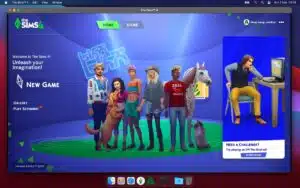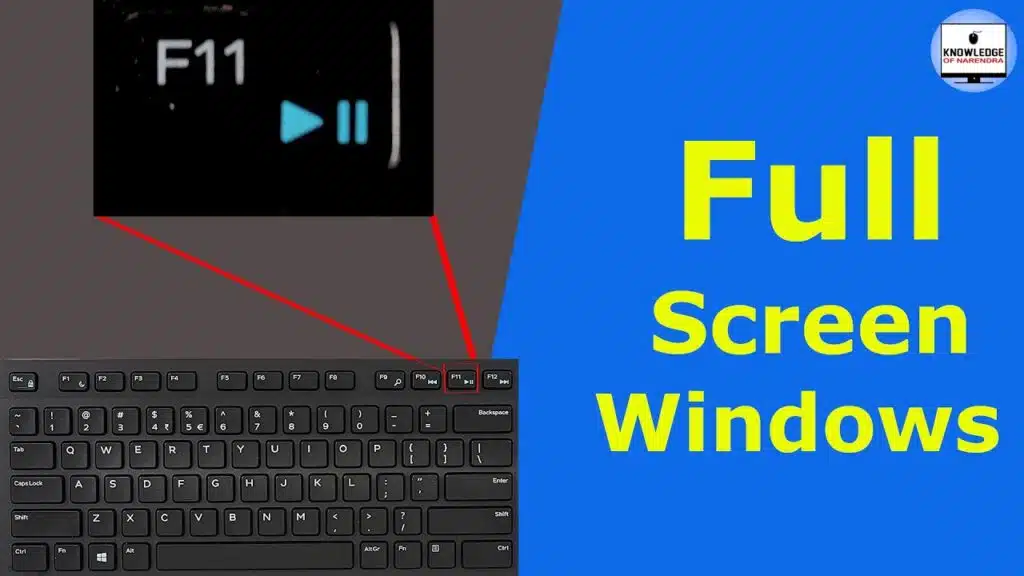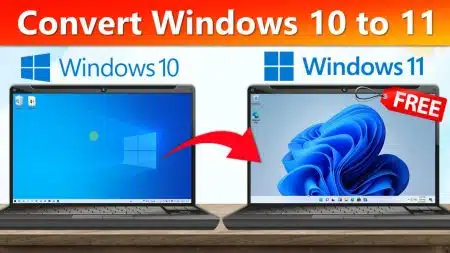I know you accidentally pressed any button, and now your PC is in full screen. You cannot see the toolbar or taskbar to close Windows. To quickly exit from it, press F11 (Fn+F11 for Laptops) or press and hold the Esc button. Furthermore, if you have a mouse, roll over to the top of the screen. A cross icon “X” will appear. Click on it, and your Windows will revert to normal.
What is Full Screen Mode?
The full screen mode is a Windows feature that allows you to occupy the entire display while hiding the taskbar, toolbar, and Windows borders. It is useful when you’re watching movies, playing games, or giving presentations.
Also Check: Fix: Windows+Shift+S not working
6 Ways to Exit Full Screen in Windows
Here are the six easiest ways to quit full-screen in Windows.
1. Use the F11 Key
The most straightforward way to exit full screen mode is to press the F11 Key on your keyboard. This key acts as a toggle: press it once to enable full screen, and press it again to exit the mode in Windows 10/11.
Note: You need to press Fn+F11 on laptops because the company assigns different tasks to one button.
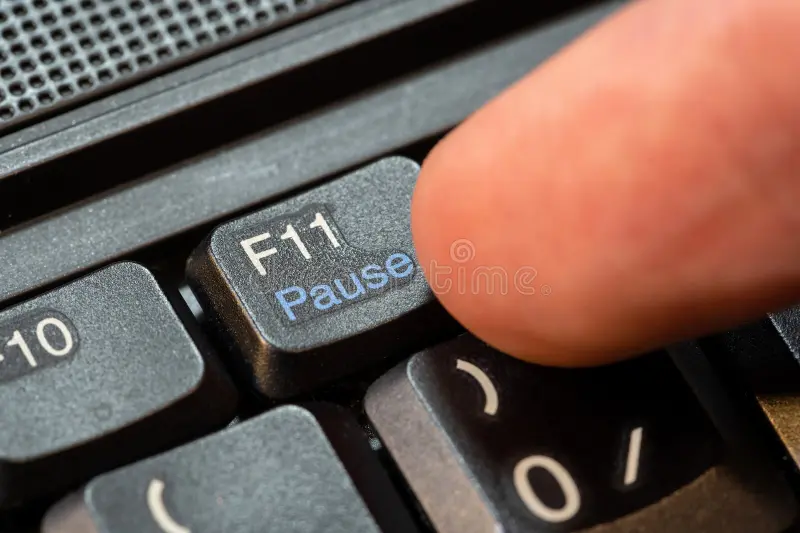
2. Press and hold Esc
The second most effortless way to exit full screen is to press and hold the Esc button from the top left corner of your keyboard. In some apps, like Computer games or media players, the Esc key is assigned to exit a mode or stop a sequence. However, it might not work that way on web browsers like Chrome, Mozilla Firefox, Safari, or Microsoft Edge.
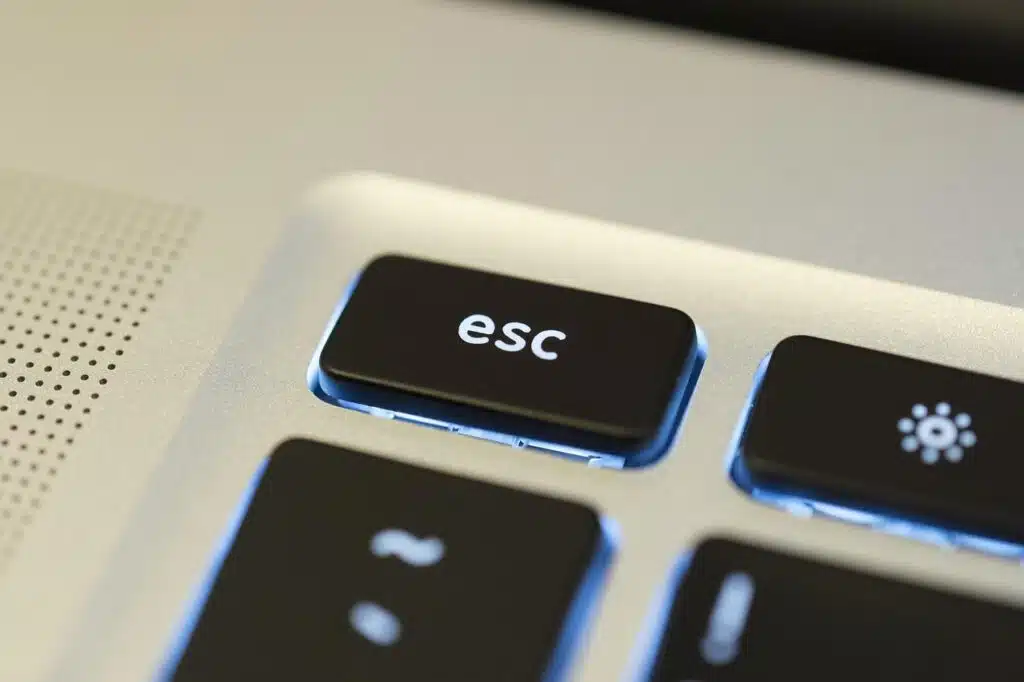
3. Use the Cross button
If the above two methods are not working, do not panic. Move your mouse cursor to the top center of your screen, and a cross arrow “X” will appear from sliding above. Click on it to go back to normal screen mode.
4. Use the Taskbar
Another reliable way to exit is by right-clicking on the application’s icon from the bottom of the Windows taskbar. To do this, move your cursor to the bottom of the screen. Press the Windows key to bring it up if the taskbar is hidden. Once it becomes visible, right-click on the icon of the current app and choose either “Restore” to exit full screen or “Close window” to terminate the app altogether.
5. Use Windows + D Shortcut
By pressing Windows + D, you can minimize all windows and quickly jump to the desktop. This method is convenient during gaming or when using resource-intensive applications.
6. Use Task Manager
If none of the standard methods work, you can press Ctrl + Shift + Esc to open the Task Manager directly. Locate the application under the “Processes” tab, right-click it, and select End Task. This will force the app to close and immediately exit full-screen mode. It’s a reliable solution when an app becomes frozen or unresponsive.
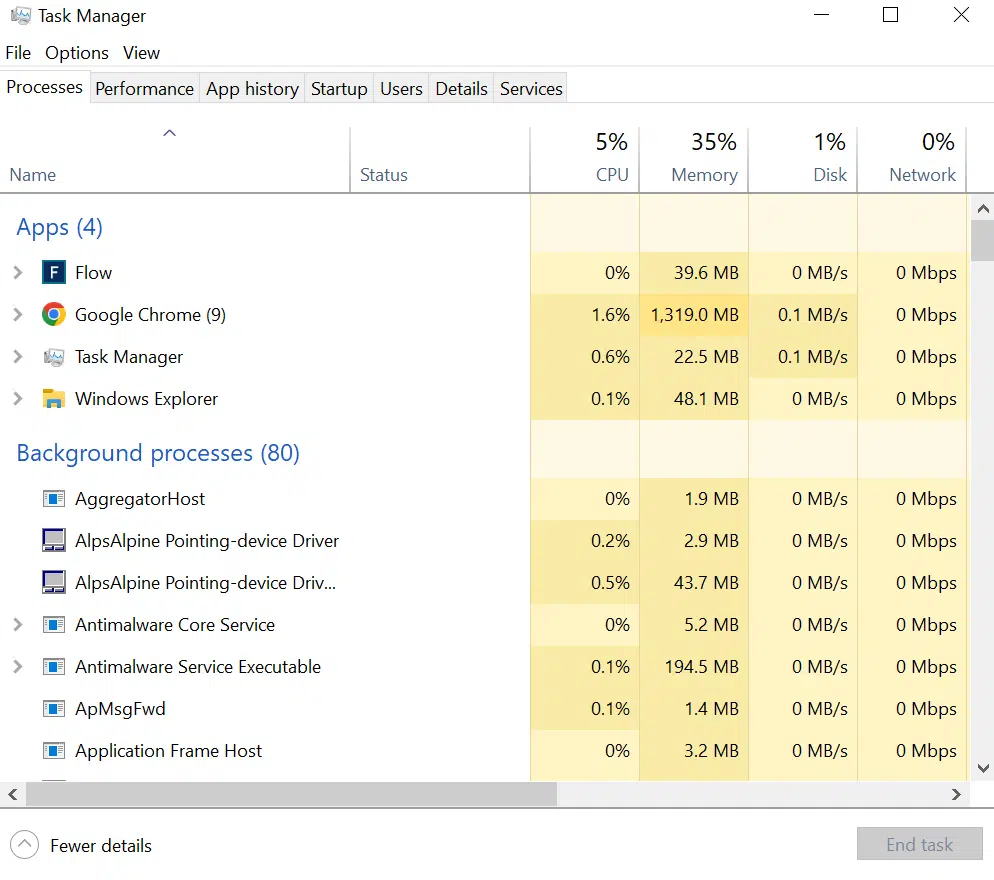
Why You Might Get “Stuck” in Full Screen
- Some applications (especially games) launch in exclusive full screen, a mode that takes full control of the GPU and ignores keyboard shortcuts.
- Occasionally, graphics drivers or display scaling can prevent normal behavior. Updating drivers often helps.
- Specific keyboard settings or remapped keys (especially on laptops) may block F11 or Esc. Use the Fn key if required.
Conclusion
You can easily exit full screen by pressing F11 or the Esc button. However, if your system gets stuck, you need to close the program or simply restart your PC. If your PC is too slow, you may need to reinstall it from scratch or reset the existing version. This will fix corrupted files and refresh your CPU usage. If you still need assistance, just tell me through the comment box. I will provide you with a solution ASAP.
